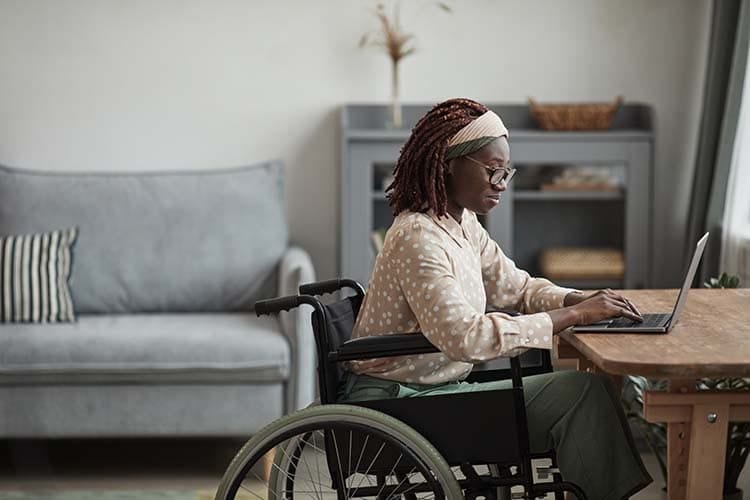
What is the Concept of Universal Design?
Popularized by the late Ronald Mace, universal design is a concept that impacts various aspects of our daily lives—from architecture and apps to webpages and everyday products. Chances are, you may not have noticed its presence, even though you encounter universal design every day. This is because universal design is so seamlessly integrated into our world that it often goes unnoticed.
What is the Main Focus of Universal Design?
Ronald Mace was an American architect, product designer, and educator. He was also a wheelchair user, having been diagnosed with polio at the age of nine. With experience as a designer and a person with a disability, he popularized the concept of universal design, or the idea that all environments—physical or virtual—should be designed so they can be utilized by the greatest number of people possible, regardless of age or ability. Designing environments and experiences with this in mind doesn’t just benefit one group of people; it benefits all people, hence the phrase “universal design.”
What Are the Seven Principles of Universal Design?
The seven principles of universal design include:
- Equitable use: The design is accessible and can be used by everyone.
- Flexibility in use: The design can be used in different ways to suit different people.
- Simple and intuitive use: The design is easy to understand and use for all.
- Perceptible information: The design communicates information clearly, no matter the conditions.
- Tolerance for error: The design minimizes the risk of mistakes or accidents.
- Low physical effort: The design can be used with minimal effort.
- Size and space for approach and use: The design provides enough space for everyone to use it comfortably.
What Are Some Examples of Universal Design?
Hundreds of everyday objects and spaces incorporate the concept of universal design, making them easy and safe to use for almost anyone. For example, in your home, you might have a cordless vacuum, which is easy to maneuver and store, eliminating the hassle of tangled cords or repeatedly switching outlets. Induction cooktops heat pots and pans directly while remaining cool to the touch, benefiting everyone and enhancing safety, especially for children. Even your phone integrates universal design through customizable features that simplify navigation. Phones can be adapted with simplified settings for older adults, kid-friendly modes, and accessibility options for people with disabilities.
Universal Design and Accessibility
Universal design elements you see every day, which may have initially been intended for use by disabled people, can benefit everyone. For example:
- Automatic doors: Originally meant to be used by people with mobility impairments, automatic doors can help anyone. Whether you’re pushing a stroller or carrying a heavy load, these doors make entering and exiting a building easier.
- Closed captioning: Closed captions are often used by people who are deaf or hard of hearing, but they’re also helpful in noisy environments, like restaurants where TVs play. They may even be used if you simply want to catch every detail of your favorite show.
- Curb cuts: These transitions from the sidewalk to the street are often used by people with mobility impairments, but they’re also helpful for parents with strollers, people who ride bikes or skateboards, and older adults.
- Elevators: Making it easy to get to different floors of a building, elevators are especially useful for people who use wheelchairs or other mobility aids. They’re also great for parents with strollers, anyone carrying heavy items, or even those who just don’t feel like taking the stairs.
What Is the Difference Between the ADA and Universal Design?
Universal design and the Americans with Disabilities Act (ADA) play a significant role in creating inclusive spaces, but universal design is a concept, and the ADA is a federal law protecting disabled people. Sometimes, universal design and the ADA overlap. For example, curb cuts are required per the ADA, but a curb cut is also an example of universal design, as it can be used by wider populations, including those without disabilities.
Benefits of Universal Design
Universal design not only makes spaces more accessible, but it also has social, emotional, and physical benefits as it allows people to engage in their local communities. Whether it's their home, their workplace, a local restaurant or shop, or even a website, universal design ensures everyone can access the world around them. To learn more about how universal design can be implemented in various environments, check out the articles below.




